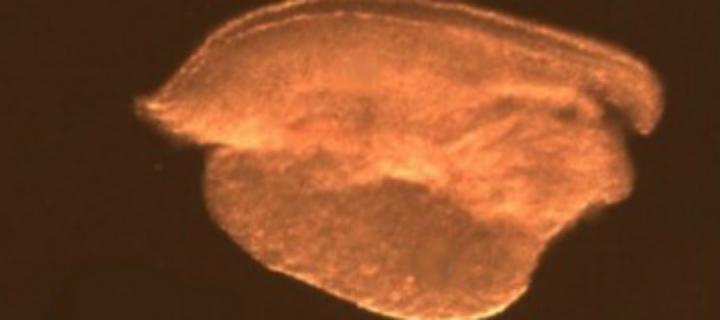Reduction
We aim to use as few animals as possible in our research.
Our research is designed to use the minimum number of animals possible to achieve a robust answer to the scientific question that is being investigated.
Case study: Medicines for multiple sclerosis
Scientists at the University’s MRC Centre for Regenerative Medicine have developed a new method for growing brain cells in the laboratory that dramatically reduces the numbers of mice needed to test potential treatments for cells damaged by multiple sclerosis.
The researchers discovered that slices of brain taken from mice and grown in the laboratory retain the three-dimensional structure and normal cells of the brain. These cell cultures can be used to screen new medicines that may be effective at preventing the loss of nerve cells that occurs in multiple sclerosis, or even repairing cells that are already damaged.
The breakthrough means that tissue from a single mouse can be used to test multiple medicines, thereby reducing the overall number of animals that are needed to identify the most promising medicines.
Case study: Culture technique for fetal mouse ovaries
Scientists in the Centre for Integrative Physiology have developed a method of growing fetal mouse ovary tissue in the lab so that it undergoes normal development. The technique enables researchers to investigate how drugs affect early ovary development, which could have long-term implications for fertility.
Researchers can test multiple drugs using ovaries from embryos from one pregnant mouse, reducing the number of animals that are needed for these studies.
The technique also allows the effects of drugs on the developing ovary to be studied without needing to administer drugs to pregnant mice.


